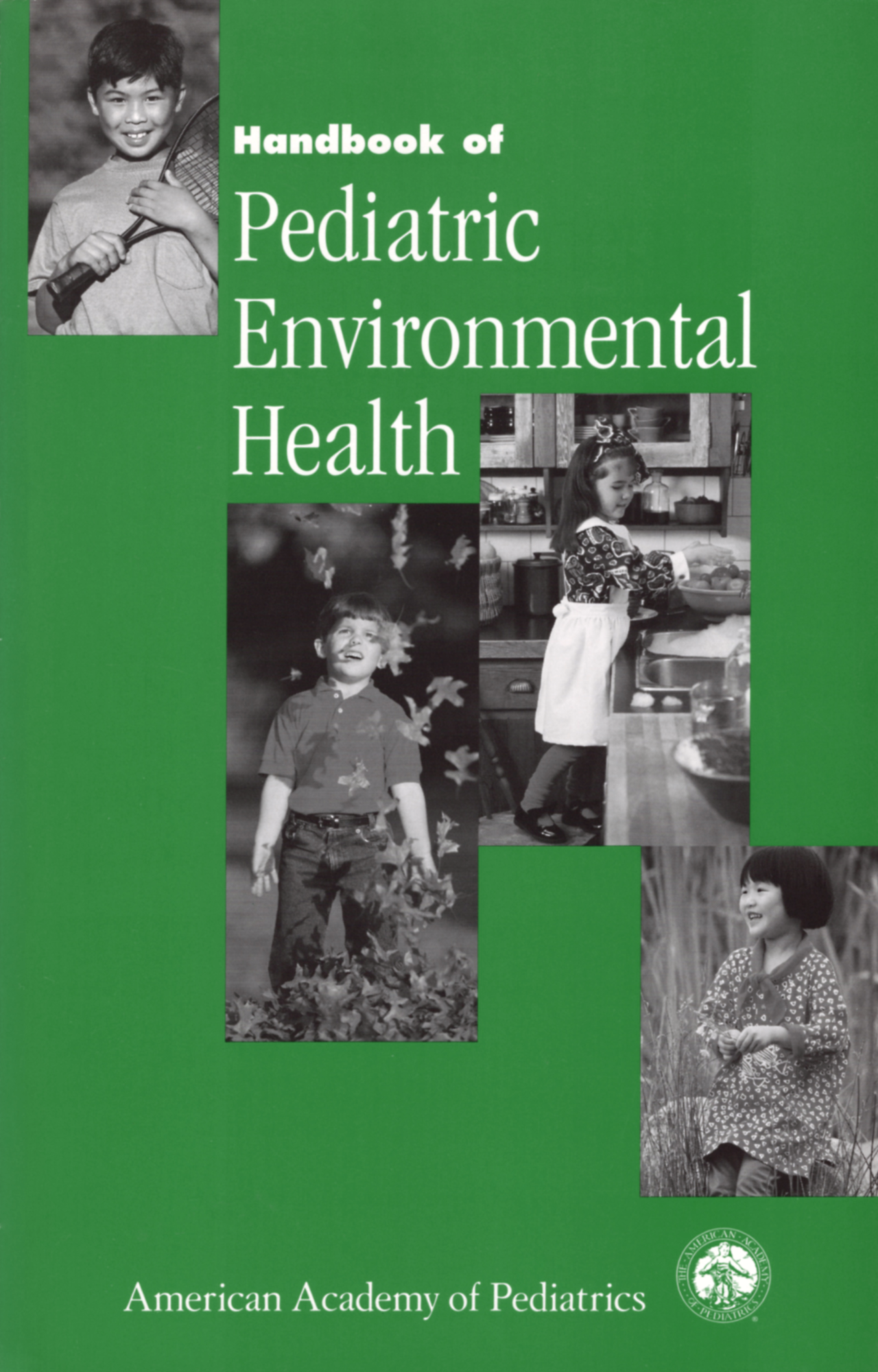By Ruth A. Etzel, MD, PhD, FAAP
 By the mid 1990s, many pediatricians were becoming aware of the links between children’s health and exposures to chemicals in the air and water. This awareness was catalyzed by the discovery in the 1980s that passive smoking was linked to higher rates of lower respiratory illness in children. Before that, pediatricians did not realize that smoking cigarettes harmed anyone but the smoker. With this realization, pediatricians began asking questions about other pollutants – could it be that other chemicals to which children were routinely exposed also harmed children’s health? It was not easy for doctors to find answers to their questions about pollutants and child health because much of the relevant literature was in dense government-issued studies buried in environmental agencies at the Federal and state level, or published in environmental journals not readily available in hospital library collections. (This was before scientific information was routinely digitized.)
By the mid 1990s, many pediatricians were becoming aware of the links between children’s health and exposures to chemicals in the air and water. This awareness was catalyzed by the discovery in the 1980s that passive smoking was linked to higher rates of lower respiratory illness in children. Before that, pediatricians did not realize that smoking cigarettes harmed anyone but the smoker. With this realization, pediatricians began asking questions about other pollutants – could it be that other chemicals to which children were routinely exposed also harmed children’s health? It was not easy for doctors to find answers to their questions about pollutants and child health because much of the relevant literature was in dense government-issued studies buried in environmental agencies at the Federal and state level, or published in environmental journals not readily available in hospital library collections. (This was before scientific information was routinely digitized.)
To fill this information void for clinicians, the AAP published the Handbook of Pediatric Environmental Health in 1999. This 420 page book covered prevention, identification and treatment of a wide range of environmental hazards such as exposures to asbestos, molds, pesticides, and lead. A question–and–answer section was included at the end of each of the book’s 33 chapters. At the time this one-of-a-kind book was published, no other medical organization had focused on providing information to doctors about the effects of toxic compounds on kids. The innovative book also was distributed to members of Congress so that they had information at their fingertips about newly emerging environmental health topics. This landmark AAP publication positioned the Academy as the preeminent leader among medical organizations advocating for a safer environment for children.
Additional reading
AAP Committee on Environmental Health (1999). Handbook of Pediatric Environmental Health. Elk Grove Village, IL. 420 pages.
AAP Council on Environmental Health, 4th edition (2018). Pediatric Environmental Health. Chapter 2: History and Growth of Pediatric Environmental Health. Pages 5-15.